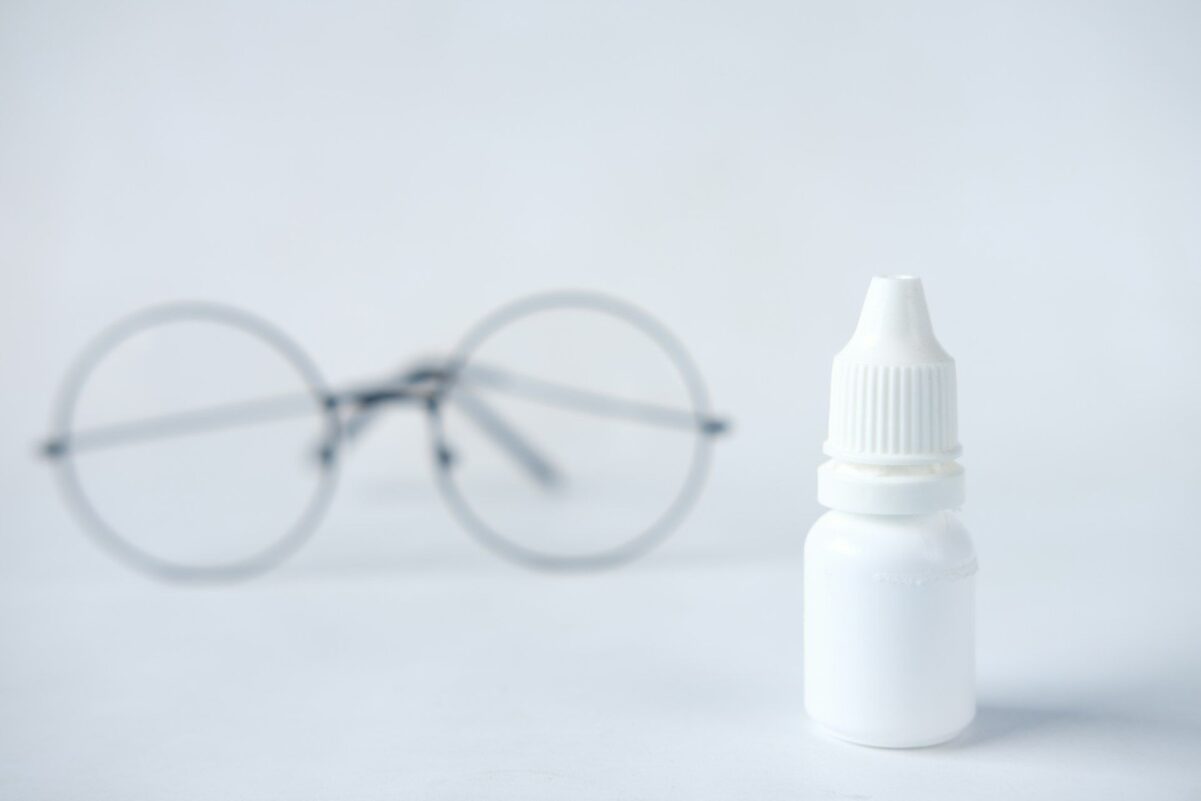
Vizz Aceclidine: How the New FDA-Approved Eye Drops Work and What Clinical Trials Reveal
The ophthalmology community has been actively discussing the recent launch of Vizz eye drops (Aceclidine 1.44%), which have already received FDA approval in the United States as a safe and effective treatment for temporarily improving near vision in presbyopia the age-related decline in the ability to focus on close objects. Promotional claims are bold: from “the end of the glasses and contact lenses era” to “restoring vision in 30 minutes even at age 70.” But do these promises hold up under scrutiny?
Vizz is a formulation of Aceclidine at a 1.44% concentration, developed by the American company Lenz Therapeutics.
In 2024, it successfully completed Phase III clinical trials (VIVID and INSIGHT studies), showing statistically significant improvement in near vision without loss of distance vision. In January 2025, the FDA officially approved the drops for use in the U.S., and they are expected to hit the American market by the end of the year.
How Vizz Works
The mechanism of action is based on the “pinhole effect”:
- Aceclidine stimulates the circular iris muscle, causing miosis pupil constriction.
- A smaller pupil allows a narrower beam of light to enter the eye, reducing light scatter and increasing depth of focus.
- This improves vision at both near and intermediate distances without changing the shape of the lens.
Unlike earlier pilocarpine-based drops (such as Vuity), Aceclidine does not cause significant accommodative spasm, meaning the risk of headaches or eye strain is lower.
What the Trials Showed
Clinical trials ran for 30 days, involving several hundred participants aged 45 to 75. Key findings include:
- Noticeable improvement in near vision occurred within 20-30 minutes after application.
- The effect lasted an average of 8-10 hours.
- No negative impact on distance vision.
- Side effects were minimal slight dimming of vision in low light, temporary discomfort, and rare headaches. No serious complications were recorded.
Dr. Michael Railey, lead investigator for the Vizz program, stated:
“Aceclidine 1.44% demonstrates consistent improvement in near vision quality with minimal side effects, making it a promising option for people with presbyopia who don’t want to rely on glasses.”
What They Don’t Do
Despite the marketing hype, Vizz does not cure blindness, reverse cataracts or glaucoma, or correct myopia or astigmatism. This is a symptomatic treatment once the drops wear off, vision returns to its previous state.
Post List
Composition and Form
The drops contain:
- Aceclidine the active ingredient.
- Supporting agents to stabilize pH, control viscosity, and extend duration of action.
A 5 ml bottle is designed to last about a month with one or two daily applications.
Risks and Suitability
Vizz is FDA-approved for people with presbyopia without serious pre-existing eye diseases. They are not recommended for patients with narrow anterior chamber angles, advanced cataracts, or certain retinal disorders.
Possible side effects include:
- temporary reduction in night vision (due to smaller pupil size)
- mild redness or burning sensation
- rare cases of headache or light sensitivity
What’s Next
Vizz is expected to enter the U.S. market by late 2025, with potential registration in other countries to follow. Lenz Therapeutics is already in talks with regulators in the EU, Canada, and Japan.
Vizz represents a genuine technological advance for millions with age-related farsightedness, but it is not a universal “cure for blindness.” Its success will depend not only on clinical performance but also on whether users accept and understand its limitations.












